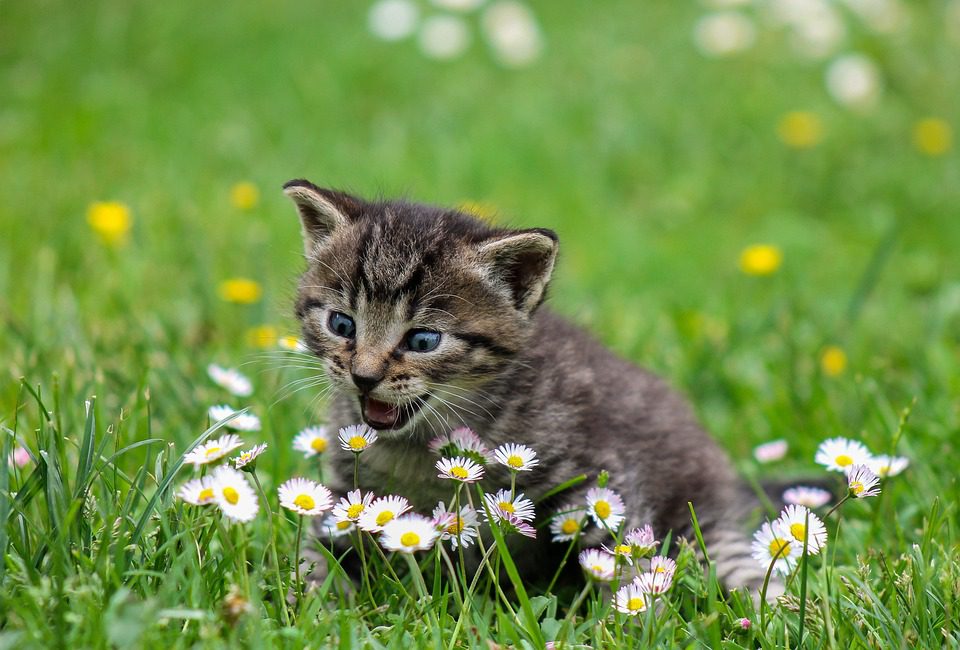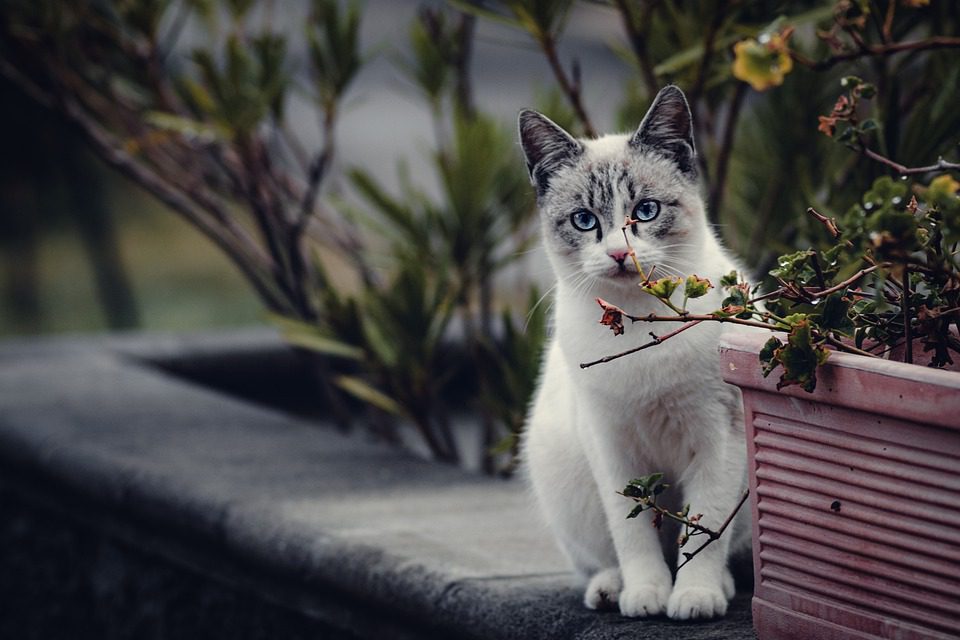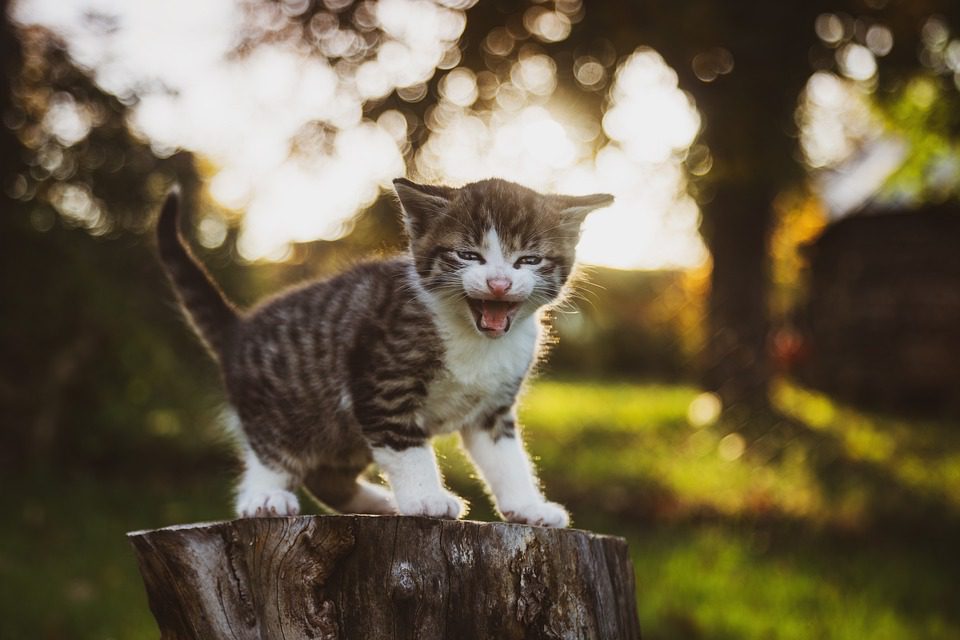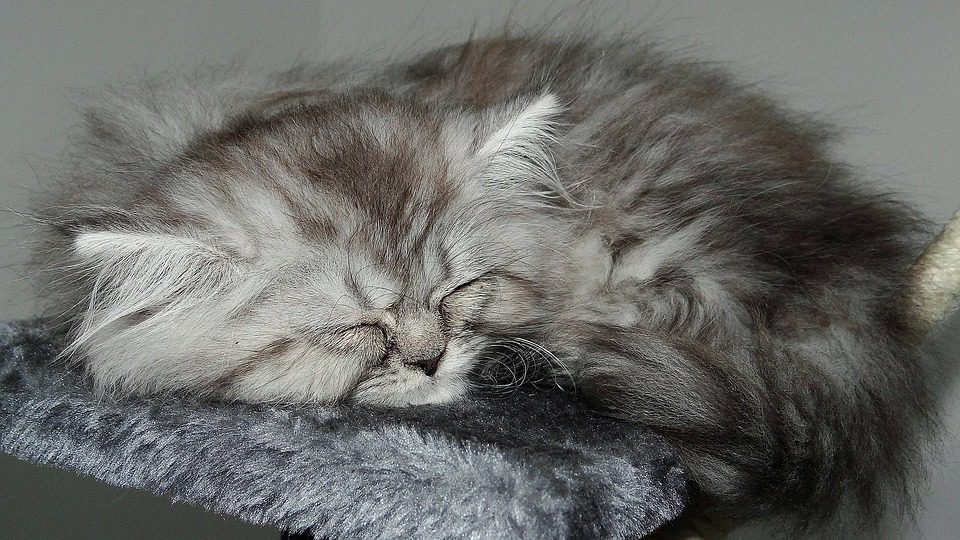Cat grooming is an important part of a cat’s overall health and well-being. It involves brushing, bathing, cleaning the ears, clipping nails, and other activities that keep your cat looking and feeling their best. Grooming your cat can help to prevent matting, reduce shedding, and ensure that their coat is healthy and free from parasites. It can also be a great way to bond with your cat, as it is a form of physical contact and affection. With regular grooming, your cat can look and feel their best, and you can enjoy a closer relationship with your feline companion.
What is Cat Grooming?
Table of Contents
Cat grooming is the practice of caring for a cat’s coat, skin, claws, and teeth. Grooming a cat helps to keep them healthy and looking their best. A regular grooming routine is also important for a cat’s overall well-being, as it can help to reduce stress and anxiety while also providing an opportunity to check for any potential health issues.
Grooming a cat can be a fun and rewarding experience, but there are some important considerations to take into account before getting started. In this article, we will discuss the different aspects of cat grooming, including the tools and products to use, the most important areas to focus on, and how to make the experience a positive one for both you and your cat.
Tools and Products for Cat Grooming
The first step in grooming a cat is to assemble the necessary tools and products. The type of tools and products that you’ll need will depend on the type of coat that your cat has and how often you plan to groom them.
For short-haired cats, a slicker brush and a comb are all you will need. For medium and long-haired cats, you may also need a mat rake, a flea comb, and a detangler spray. It is also important to have a nail trimmer, cotton balls, and a pair of scissors on hand.
In addition to the tools and products mentioned above, you may also want to consider investing in a cat grooming kit, which usually contains all the essentials.
Frequent Grooming Areas
When it comes to grooming a cat, there are a few key areas that should be given extra attention. These include the head, ears, eyes, nose, mouth, and paws.
The head should be brushed or combed to remove any loose hairs or mats. It is also important to check for any signs of infection or irritation.
The ears should be checked for wax buildup, mites, and infection. Use a cotton ball to gently clean the ears, but do not insert anything into the ear canal.
The eyes should be cleaned with a damp cloth or special eye wipes. Be sure not to get any product in the eyes, as this can cause irritation.
The nose should be wiped with a damp cloth or cotton ball.
The mouth should be examined for any signs of infection or irritation.
The paws should be checked for any cuts, abrasions, or signs of infection.
Grooming Techniques
The most important part of grooming a cat is to make sure that the experience is a positive one. It is important to take your time and be gentle, as cats can be easily frightened by sudden movements or loud noises.
When grooming a cat, start by brushing or combing the coat to remove any knots or tangles. This will help to keep the coat healthy and looking its best.
Next, use a nail trimmer to trim the cats nails. This will help to keep them from scratching and damaging furniture and other items in the house.
Finally, use a damp cloth or cotton ball to clean the cat’s eyes, nose, and mouth. Be sure to use a separate cloth or cotton ball for each area to avoid the spread of bacteria.
It is also important to reward your cat with treats or affection after each grooming session. This will help to create a positive association with grooming and make the experience more enjoyable for both of you.
**Common Myths about Cat Grooming**
Many people have misconceptions about cat grooming that are simply not true. Here are some of the most common myths about cat grooming debunked.
Myth 1: Cats Don’t Need to Be Groomed
This is false. Cats need regular brushing and bathing to keep their coats healthy and free of mats and tangles. Additionally, regular grooming helps to reduce shedding and spread natural oils through their coat.
Myth 2: Cats Don’t Like Being Groomed
This is also false. Cats usually enjoy being groomed, especially when it’s done with a gentle touch. Regular brushing can also be a great bonding experience between cats and their owners.
Myth 3: All Cats Need to Be Shaved
This is not true. Cats should only be shaved if they are severely matted. In general, cats should be brushed regularly to keep their coats healthy.
Myth 4: Cats Don’t Need Their Nails Trimmed
This is false. Cats need regular nail trimmings to keep their nails healthy and avoid overgrowth. Additionally, cats need regular claw trimmings to keep their claws from getting too sharp and causing damage to furniture.
Myth 5: Cat Grooming Is Expensive
This is not true. Cat grooming can be inexpensive if done properly at home. Regular brushing, nail trimming, and bathing can all be done at home with the right tools.
Frequently Asked Questions
What types of grooming services are available for cats?
Answer: Cat grooming services typically include bathing, brushing, nail trimming, ear cleaning, and hair trimming or styling.
How often should I groom my cat?
Answer: Generally speaking, cats should be groomed at least once every few months to prevent matting, remove dirt and debris from their fur, and keep their nails trimmed. However, if your cat has long hair or tends to get matted easily, you may need to groom them more frequently.
Conclusion
Cat grooming is the practice of caring for a cat’s coat, skin, claws, and teeth to keep them healthy and looking their best. Tools and products needed vary based on coat type, but a nail trimmer, cotton balls, and scissors are essential. When grooming, focus on the head, ears, eyes, nose, mouth, and paws. To make the experience positive, take your time and be gentle, offering treats or affection afterwards.






